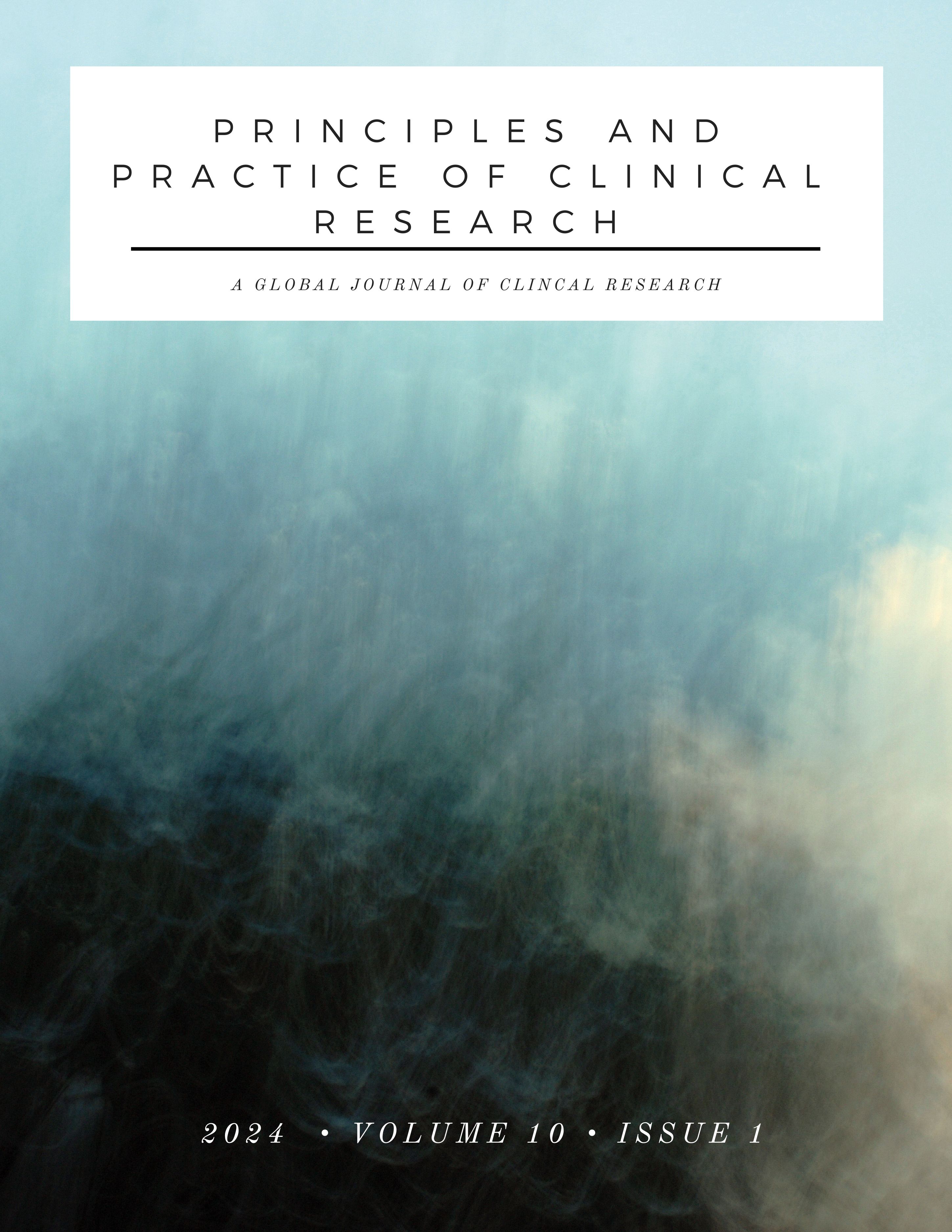Validation of Biomarkers and Patient-Reported Outcome Measures to Improve the Diagnosis and Treatment of Eustachian Tube Dysfunction
Main Article Content
Abstract
Patients who suffer from Eustachian tube dysfunction (ETD) experience a significant decline in quality of life. To enhance patient outcomes, it is crucial to establish an accurate diagnosis, assess treatment effectiveness, and evaluate the severity of the condition. Substantial progress has recently been made in identifying biomarkers (BMs) and developing ETD clinical outcome assessments (COAs). This study examines the current state of BMs and COAs in ETD, including the methods evaluated historically and their potential clinical applications. The research in this area emphasizes the importance of using objective measures, such as middle ear pressure (MEP) and patient-reported outcome measures (PROMs), for diagnosing and evaluating ETD. Further, I discuss how electronic PROMs (ePROMs) and other digital health technologies can guide the development of innovative PROMs that ETD. Despite significant advances in COAs for ETD, much work remains to validate and improve them before their implementation in clinical practice. There has been less focus on vertigo as a symptom in recent assessments of ETD, suggesting that further examination of this aspect is needed. By validating BMs and COAs for ETD, we could enhance long-term patient outcomes and quality of life through improved diagnostic accuracy and evaluation of treatment efficacy.

